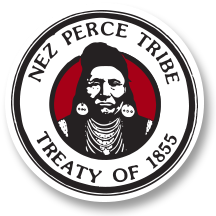Cummings Creek Phase I
Project Goals and Objectives
The restoration design consists of two primary components: complexes and structures (e.g., Wheaton et al. 2019). Complexes represent short reaches that contain relatively consistent conditions and restoration opportunities. A complex consists of several structures that are designed to work together to achieve an overarching objective such as incision recovery or increasing instream complexity. Structures are individual structural elements such as wood or boulders that influence the movement and retention of water and sediment. Each structure is designed to achieve local objectives such as pool creation, sediment sorting, or overbank flow. As structures are designed, their contribution to other structures and the complex objective is always considered. The LTPBR design on Cummings Creek consists of 71 post-assisted log structures (PALS). Construction of the final design was completed in 2024
Structure Construction Elements
Construction elements included channel spanning, bank attached, and mid-channel PALS.
Project Photos

Cover Photo

(no date)
(no description)

(no date)
(no description)
